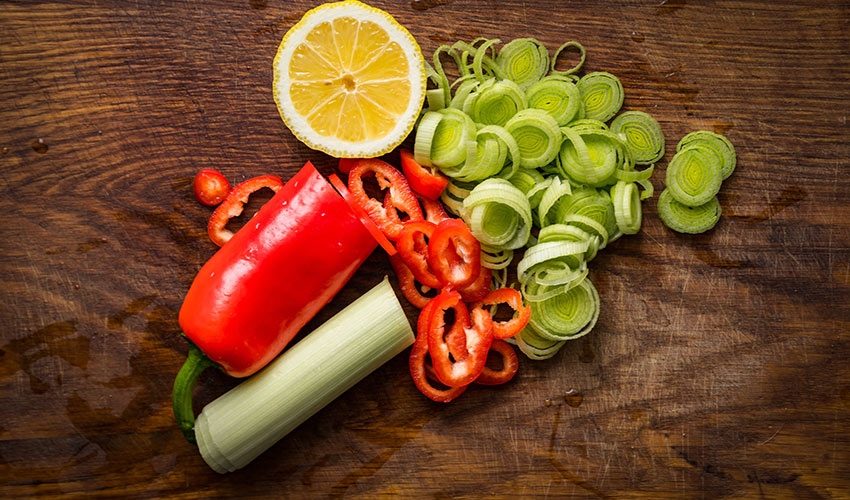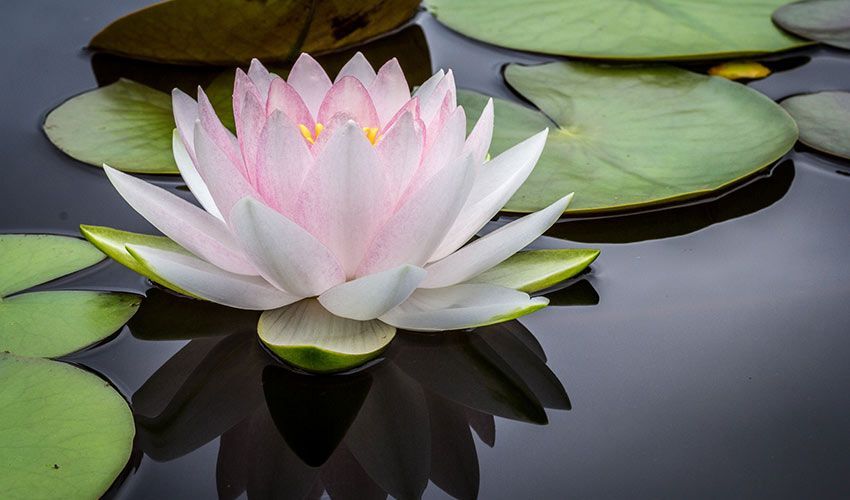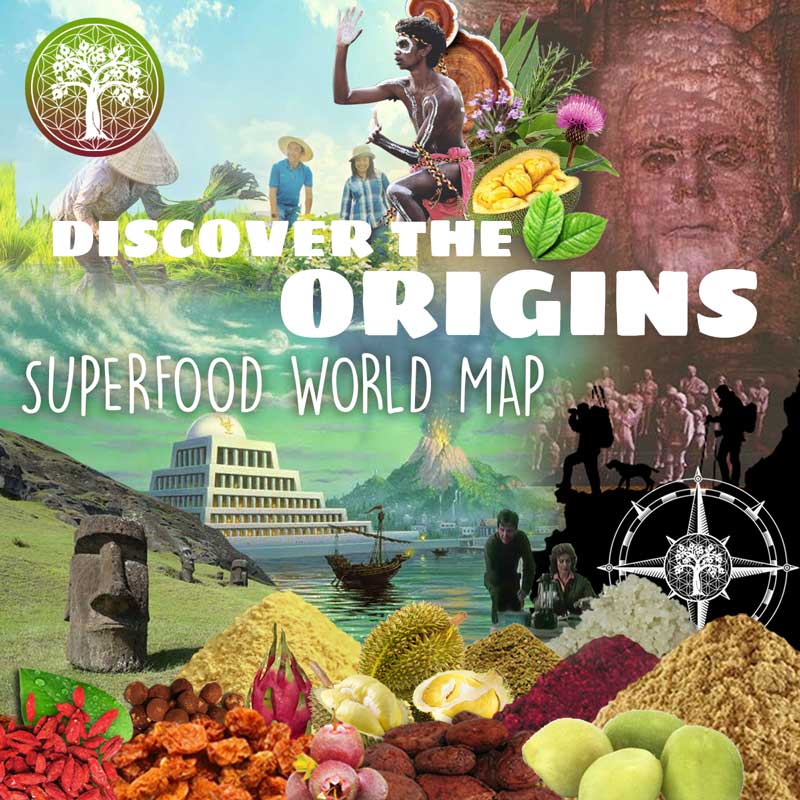Thai Traditional Healing: A Way of Life for Body & Mind
When people hear of Thailand, they may immediately associate it with relaxing Thai massages at luxurious spas. Yet, the country's healthcare tradition extends far beyond this. In recent times, there has been a growing interest in natural and traditional healing methods, with people of all ages seeking holistic approaches to better their overall health. Thailand's centuries-old traditional healing system is gaining recognition among renowned healthcare institutions, including the World Health Organization. Anyone can learn more about and integrate Thai medicine into their lives as it is easily found in various forms in pharmacies and traditional health centres.
Throughout history, Thailand has been influenced by an array of nations and religions. While it is challenging to pinpoint exact cultural influences on Thai medicine, it is believed that the Sanskrit and Pali medical texts were derived from China's empire and traders, 5,000-year-old Indian Ayurveda, Greek philosophers, and Arabian schools. The prominence of Buddhism in Thai traditional healing is noteworthy, with Buddhist temples being an essential source of knowledge for medicine and various other disciplines. Both monks and laymen underwent training to become healers and serve their communities. The earliest record of medical writings and illustrated body diagrams appears in ancient texts and stone inscriptions on the walls of Wat Phra Chetuphon, also known as Wat Pho. King Rama III commissioned these records to pass down medical knowledge to future generations. Later, King Rama V appointed court doctors to consolidate and revise these texts for future dissemination.

Today, Thai traditional healing has developed into its own system, with core principles founded on the interconnectedness of the body and mind. The key to good health is a harmonious equilibrium between both, taking into account factors such as time, environment, and seasons. For example, the alignment of the body with the external temperature and humidity or how inclement weather can cause a cold. Age and behavioural factors such as overconsumption of food, deprivation of sleep, inappropriate posture, excessive labour, and even extreme emotions can affect immunity, much in accordance with the Buddhist concept of the "middle way" or path of moderation. The human body is believed to consist of four elements: earth, water, air, and fire, and any imbalances between these elements can cause illness or disease, which may present as symptoms in the digestive, respiratory, cardiovascular, or nervous systems. This idea is similar to the Chinese yin & yang balance, the Greek theory of 4 elements, and the 6 Ayurvedic elements.
The 4 Elements
Din: The Earth Element: represents stability and support of the body and its structure, such as the bones, skin, and organs without involving movement.
Lom: The Wind Element: is the lightest and signifies movements like blood flow.
Fai: The Fire Element: is what heats the body, encouraging change and transformation such as the breaking down of food along the digestive tract.
Naam: The Water Element: though fluid and adaptive, is heavy and slow to change—is the binding substance that holds everything in unity.
Healing Practices
In traditional Thai healing, the existence of the fifth and sixth elements is acknowledged, namely ether and consciousness, also known as aakat thaat and winyaan thaat. These elements create a linked space where all other elements exist in harmony, similar to the Five Aggregates in Buddhist teachings. The Thai traditional healing system views the human body as a whole organism with coordinated parts, connected by energy lines or sen. Tensions and blockages in these lines can cause aches and sores, which can be released through various healing forms. Disease is diagnosed through a thorough examination of the patient's history and family. Healing can be divided into external and internal practices, such as massage, acupuncture, cupping, hot herbal compress, and herbal steam. Internal healing involves the ingestion of substances into the body and creating healthy manifestations from within the mind, such as mindfulness and meditation, and compassion.
Mindfulness is a mental state characterised by awareness and acceptance of the present moment, as well as a non-judgmental, compassionate attitude towards one's own thoughts and feelings. It involves focusing one's attention on the present moment, with an objective and non-reactive perspective. Mindfulness can be developed through various practices, such as meditation, yoga, or simply being present in the moment during daily activities. The practice of mindfulness has been shown to have a range of positive effects on mental and physical health, including reducing stress and anxiety, improving attention and focus, and increasing feelings of well-being.

Thai cuisine uses ingredients with healing properties, while amulets, Buddhist scriptures, and offerings to spirit houses are also used for good health. The close relationship between the Buddhist faith and traditional Thai healing highlights the importance of maintaining peace of mind for overall well-being. Thai Healing Herbs are a group of plants and natural materials traditionally used in Thai medicine for thousands of years to treat various health problems and promote general well-being. These herbs are widely available in Thailand, and many Thai people rely on them as a natural remedy for ailments ranging from minor discomfort to serious chronic health conditions. Some popular Thai healing herbs include turmeric, lemongrass, ginger, holy basil, and galangal. These herbs are often used in cooking, but they can also be consumed as teas, powders, capsules, or applied topically as well. Thai healing herbs are valued for their anti-inflammatory, antioxidant, and immune-boosting properties and are believed to provide numerous health benefits.
Probably most people never heard of cupping. Cupping is a traditional Chinese therapy that involves placing cups made of glass, bamboo, or silicone on the skin. The air inside the cup is then heated, creating suction and drawing the skin and muscle tissue upward. It is often used to alleviate pain, reduce inflammation, and improve circulation. The cupping marks that appear on the skin are a result of the suction and typically fade within a few days.
Thai Traditional Healing in Modern Medicine
Over the past few years, the discourse surrounding traditional and natural healing has changed dramatically. With increased scientific support, standardised accreditations, and concrete evidence, the stigma surrounding traditional healing is being eliminated. However, even with the rising amount of evidence for traditional healing techniques, it should not be viewed as a replacement for modern medicine. As people become more interested in discovering their cultural heritage, there is a growing interest in preserving traditional healing methods for future generations. The traditional Thai healing system is the result of both independent development and millennia of cosmopolitan influences. By preserving and adapting this knowledge, we can pave the way for new advances in healthcare and bridge the gap between generations.















